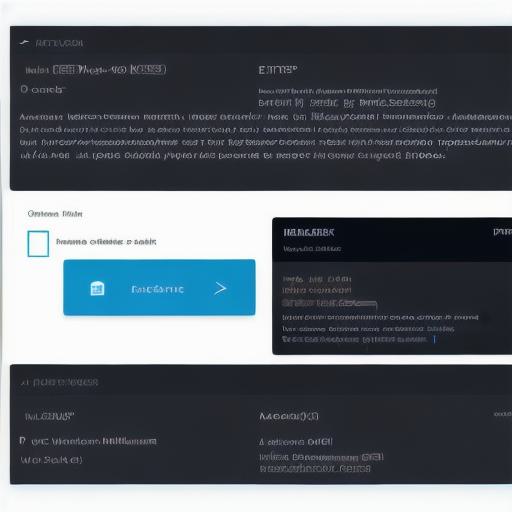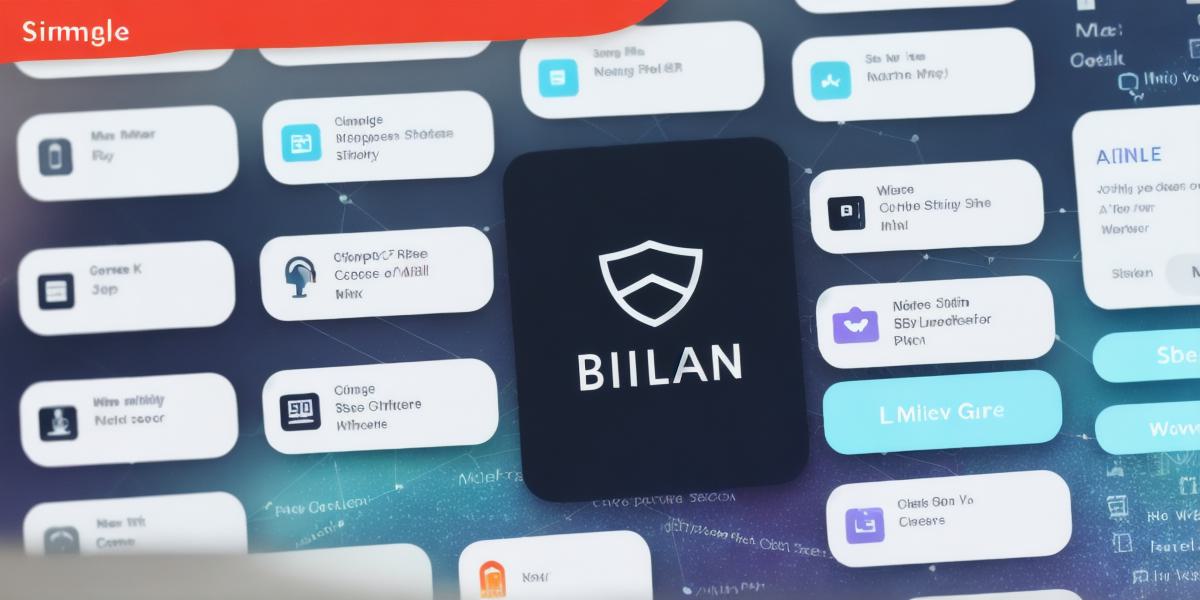Introduction
Web3 naming is a revolutionary technology that allows you to create unique, decentralized domain names on the Ethereum blockchain. This guide will explore the benefits of Web3 naming, including improved security, scalability, and user experience. We’ll also discuss some of the key use cases for Web3 naming, such as decentralized applications (dApps) and social media platforms.
The Benefits of Web3 Naming
Web3 naming offers several benefits over traditional domain names, which are typically centralized and controlled by a single entity. With Web3 naming, users have more control over their online identity, as they can create and manage their own domain names without the need for intermediaries. This decentralization also makes it much harder for hackers to compromise or take down domain names, improving security.
Web3 naming is also highly scalable, allowing for an unlimited number of unique domain names to be created on the Ethereum blockchain. This means that users can choose domain names that are relevant and meaningful to them, rather than being limited by a finite set of options.
User experience is another key benefit of Web3 naming. With traditional domain names, users often have to navigate complex URLs that are hard to remember and difficult to type. With Web3 naming, users can create short, easy-to-remember domain names that are much more user-friendly.
Use Cases for Web3 Naming
Web3 naming has several potential use cases, particularly in the world of dApps and social media platforms. For example, a dApp that allows users to buy and sell non-fungible tokens (NFTs) could use Web3 naming to create unique domain names for each NFT. This would make it much easier for users to find and trade specific NFTs, improving the overall user experience.
Similarly, social media platforms could use Web3 naming to create unique handles for users, rather than relying on random usernames that are often difficult to remember or spell. This would make it much easier for users to connect with each other and share content, improving engagement and growth.
Examples of Successful Web3 Naming Projects
There are several successful Web3 naming projects already in existence. For example, Namecoin is a decentralized domain name system (DNS) that uses Bitcoin’s blockchain to create unique, secure domain names. It has been in operation since 2010 and is used by thousands of users around the world.
Another successful Web3 naming project is Ethereum Name Service (ENS), which allows users to create and manage their own domain names on the Ethereum blockchain. ENS has been in operation since 2017 and is used by a wide range of dApps, including popular platforms like Uniswap and Coinbase.
FAQs
Q: What is Web3 naming?

A: Web3 naming allows users to create unique, decentralized domain names on the Ethereum blockchain.
Q: How does Web3 naming differ from traditional domain names?
A: Traditional domain names are typically centralized and controlled by a single entity, while Web3 naming is decentralized and allows for more control over online identity.
Q: What are the benefits of Web3 naming?

A: Web3 naming offers improved security, scalability, and user experience. It also allows for more meaningful and relevant domain names.
Conclusion
Web3 naming is a powerful technology that has the potential to revolutionize the way we think about online identity and domain names. With its decentralized approach, Web3 naming offers improved security, scalability, and user experience, making it an attractive option for developers and users alike. As more successful Web3 naming projects emerge, we can expect this technology to become even more mainstream and widely adopted in the coming years.
